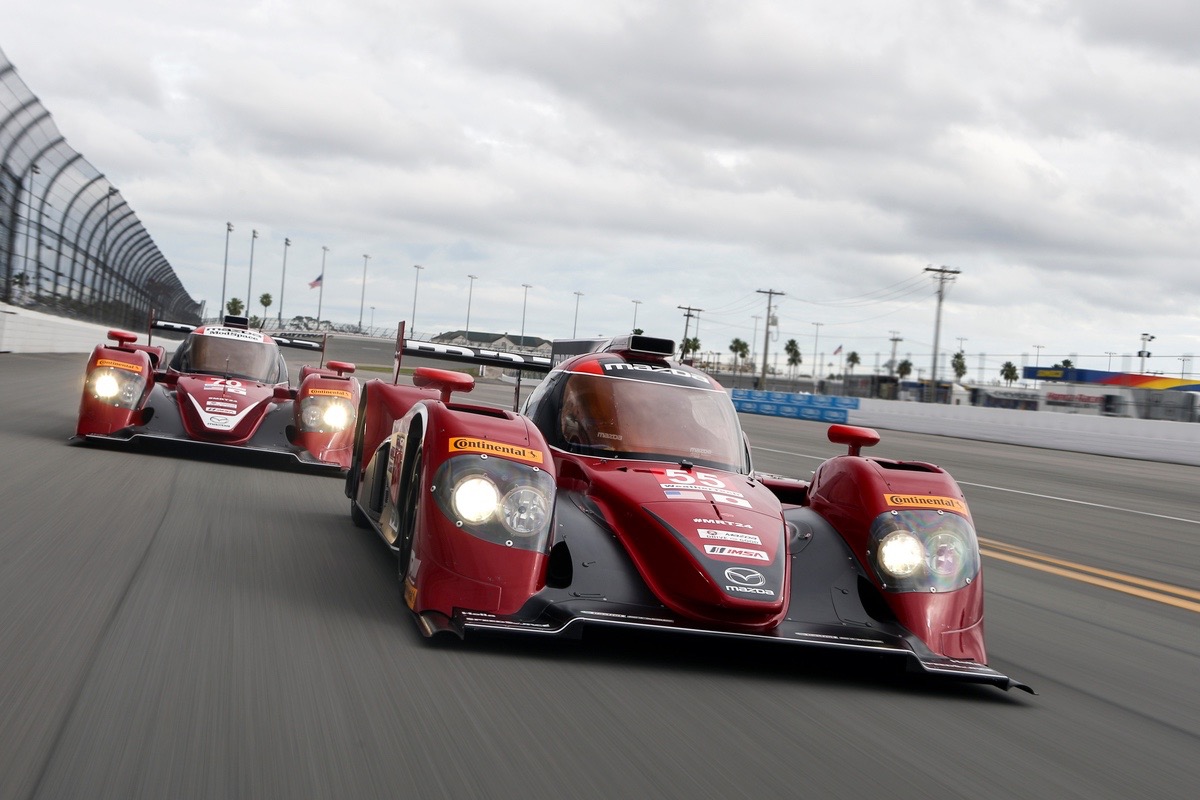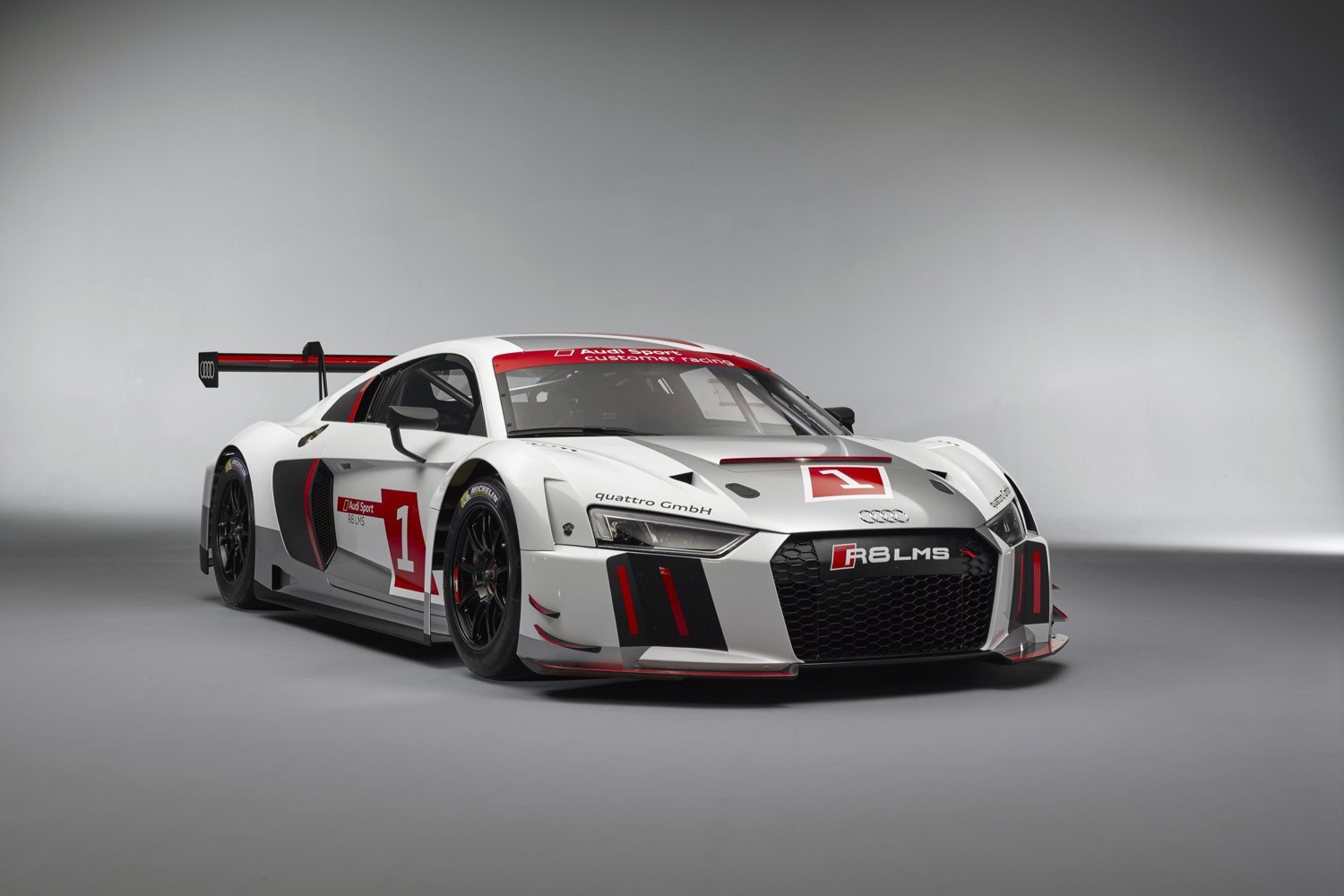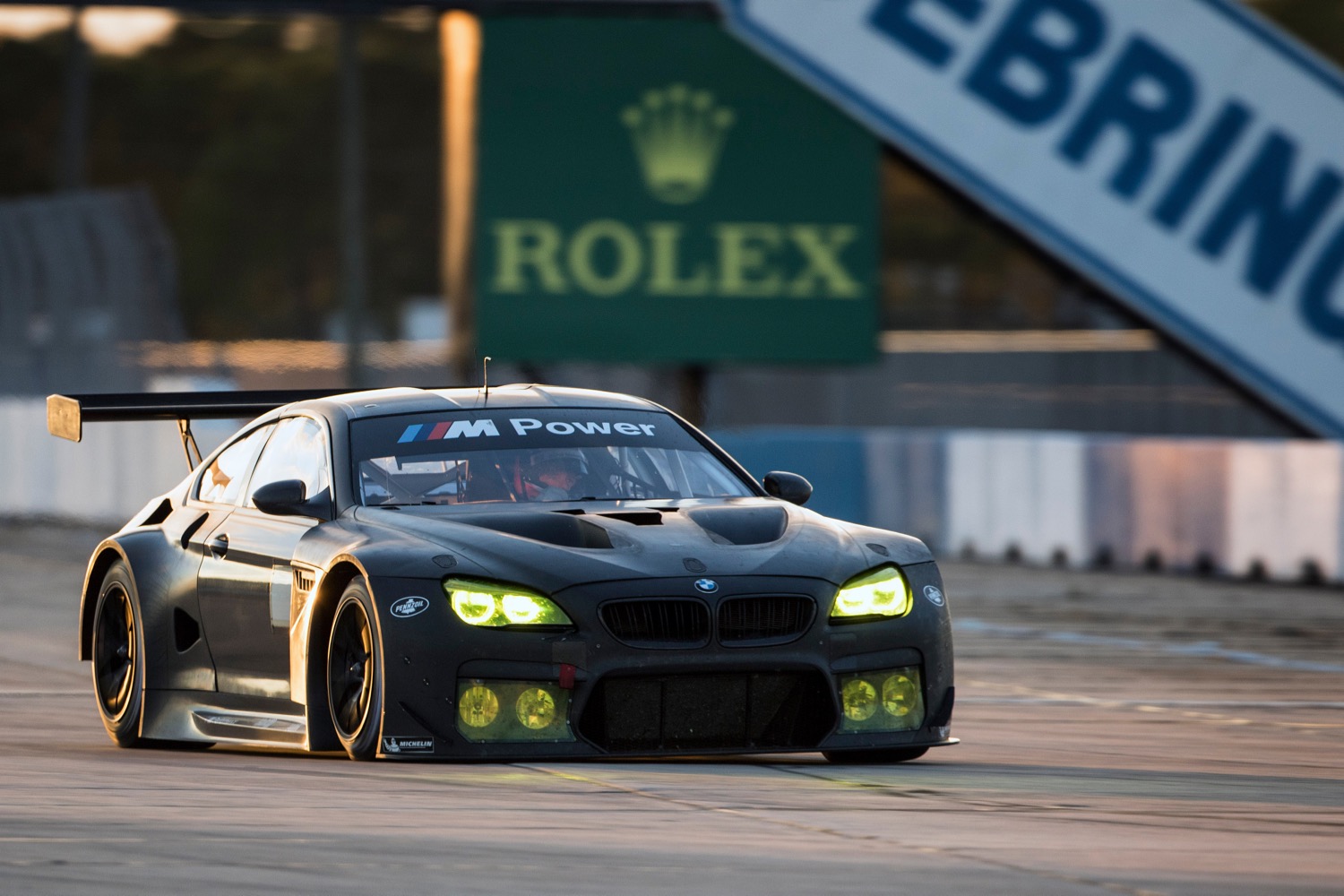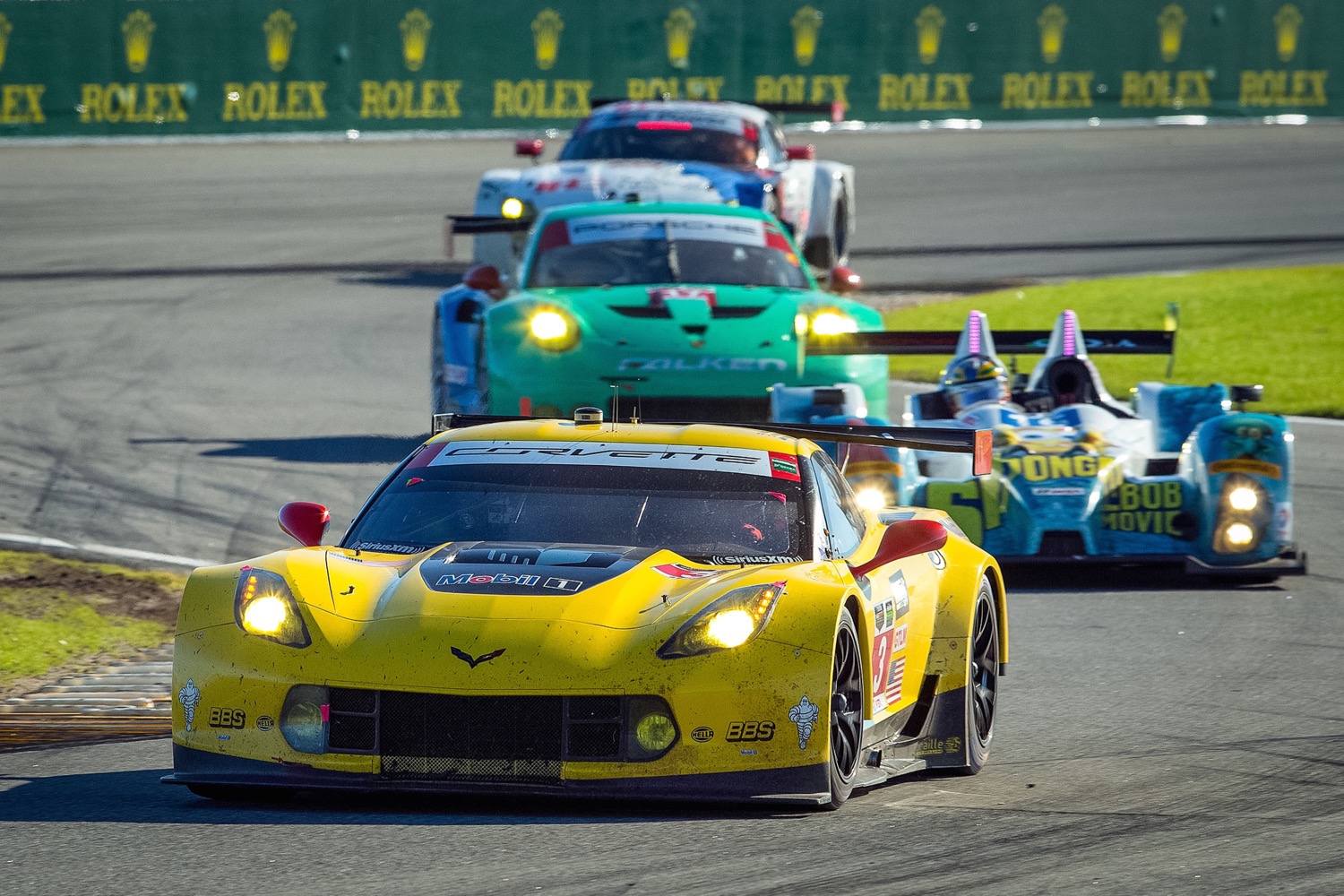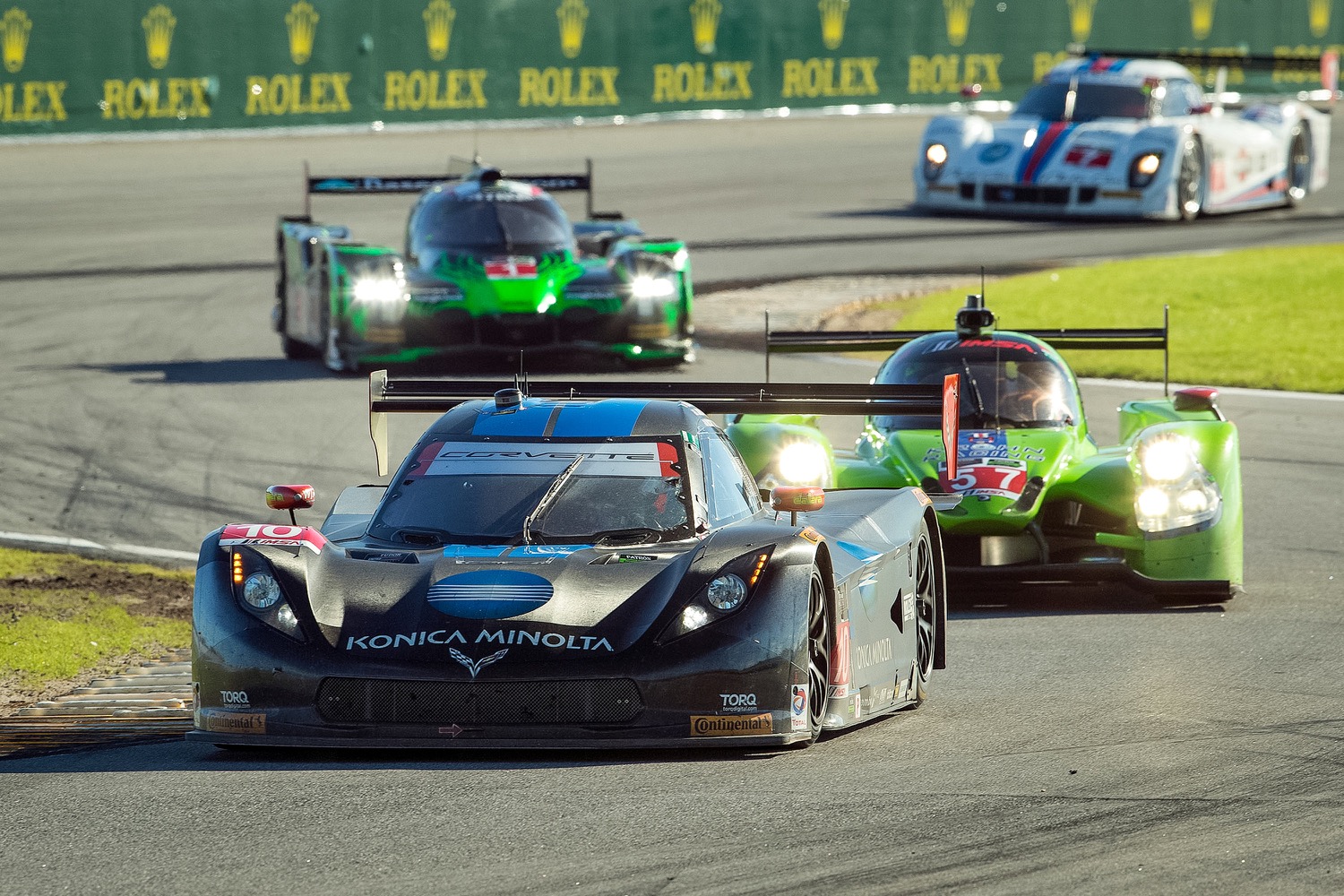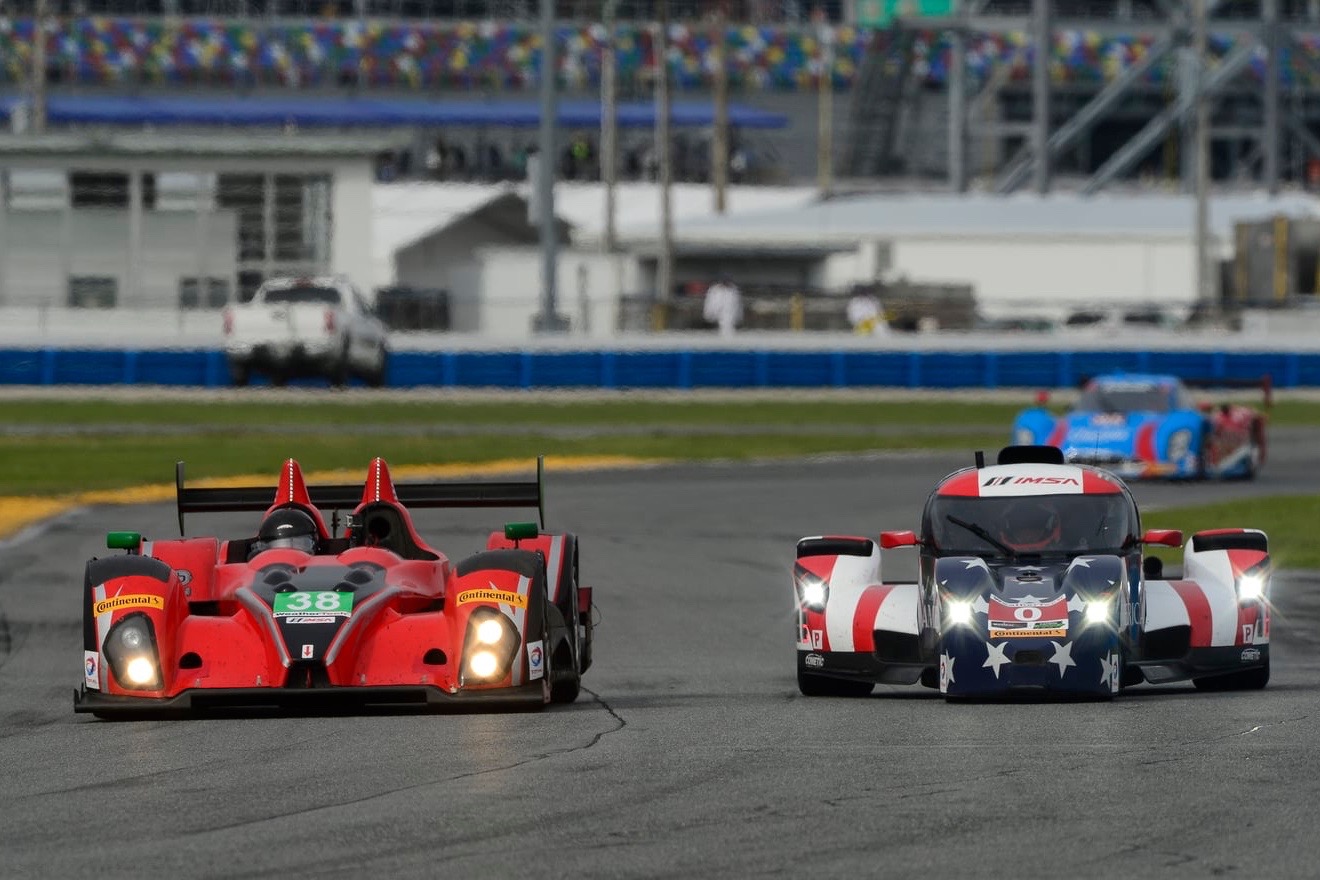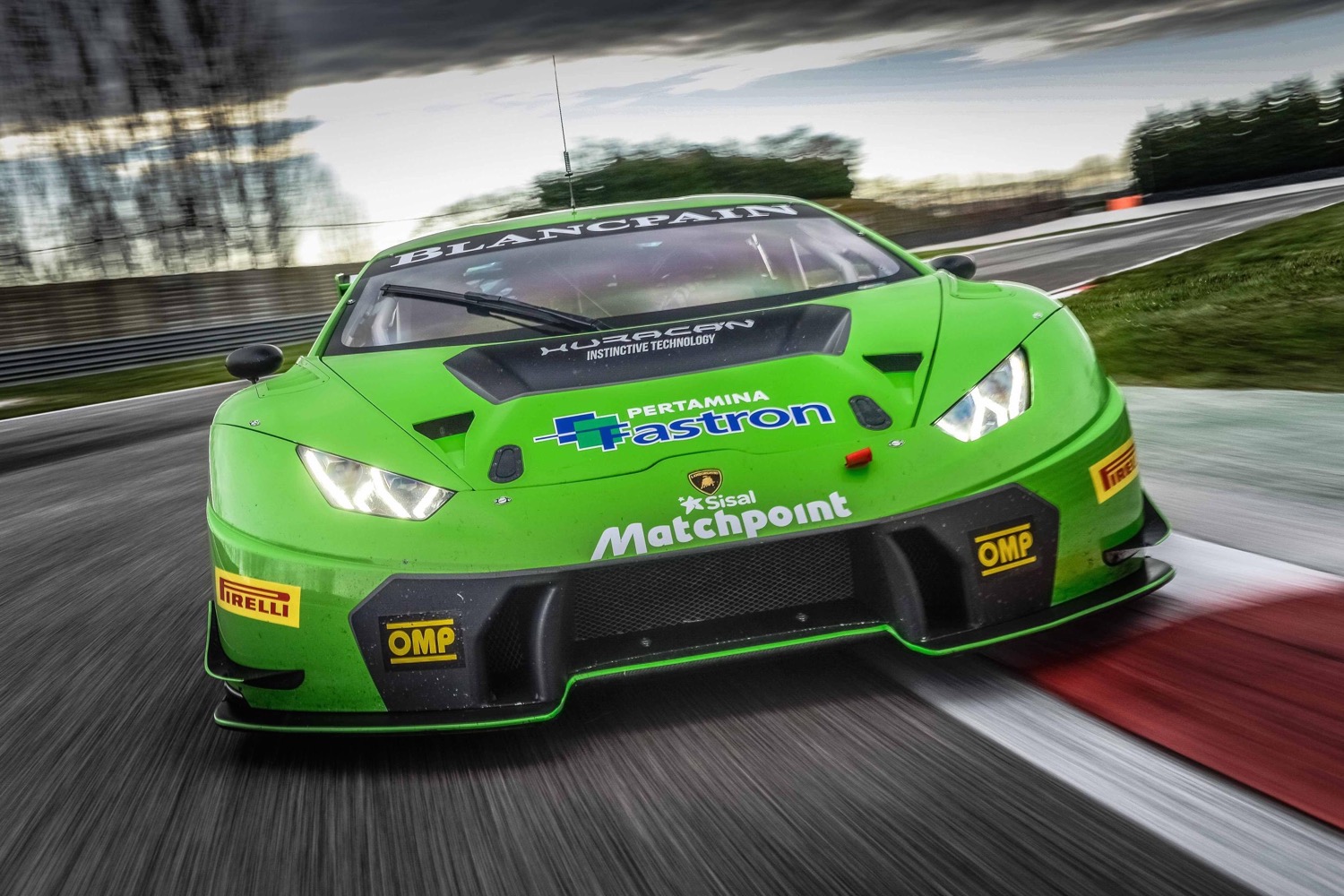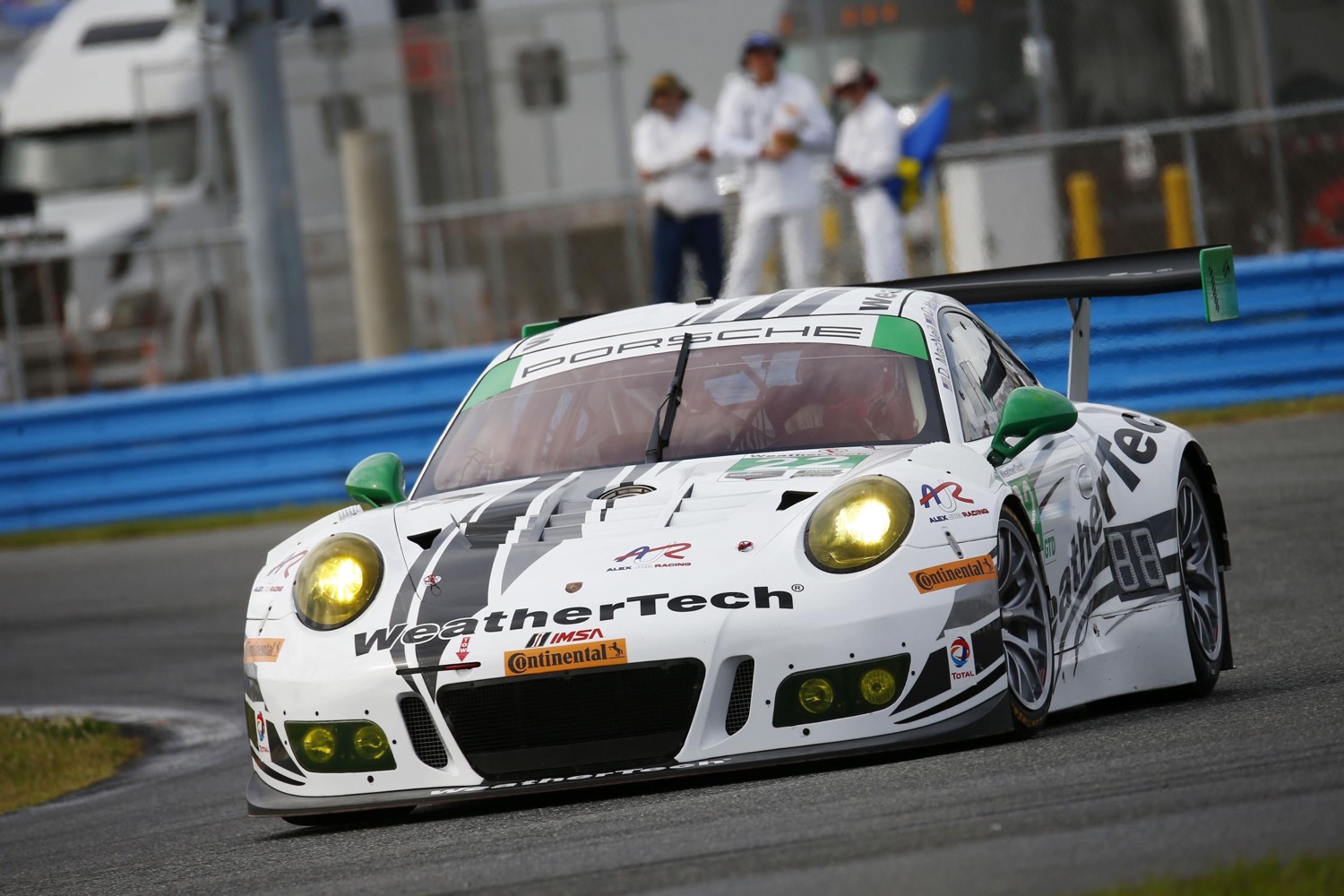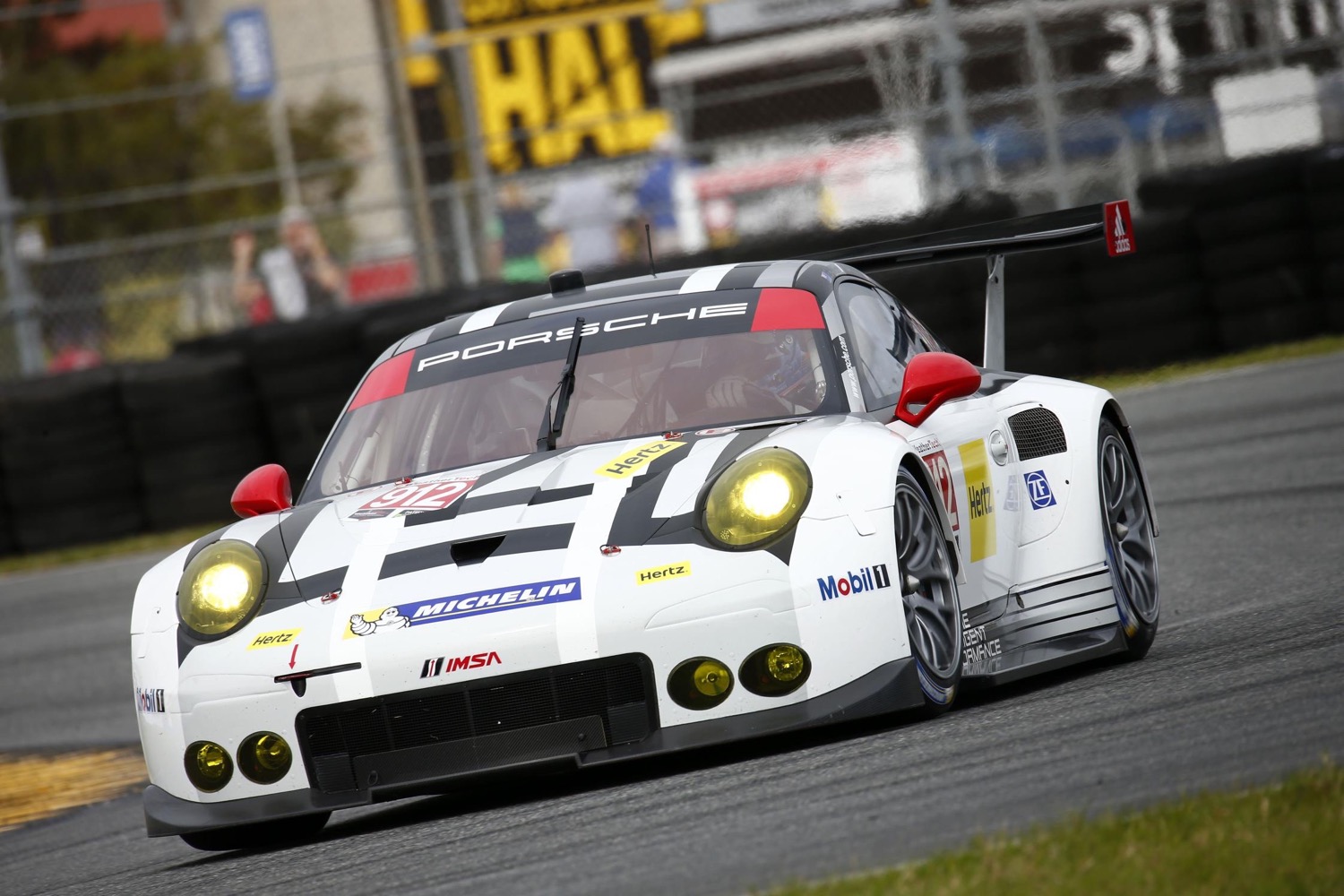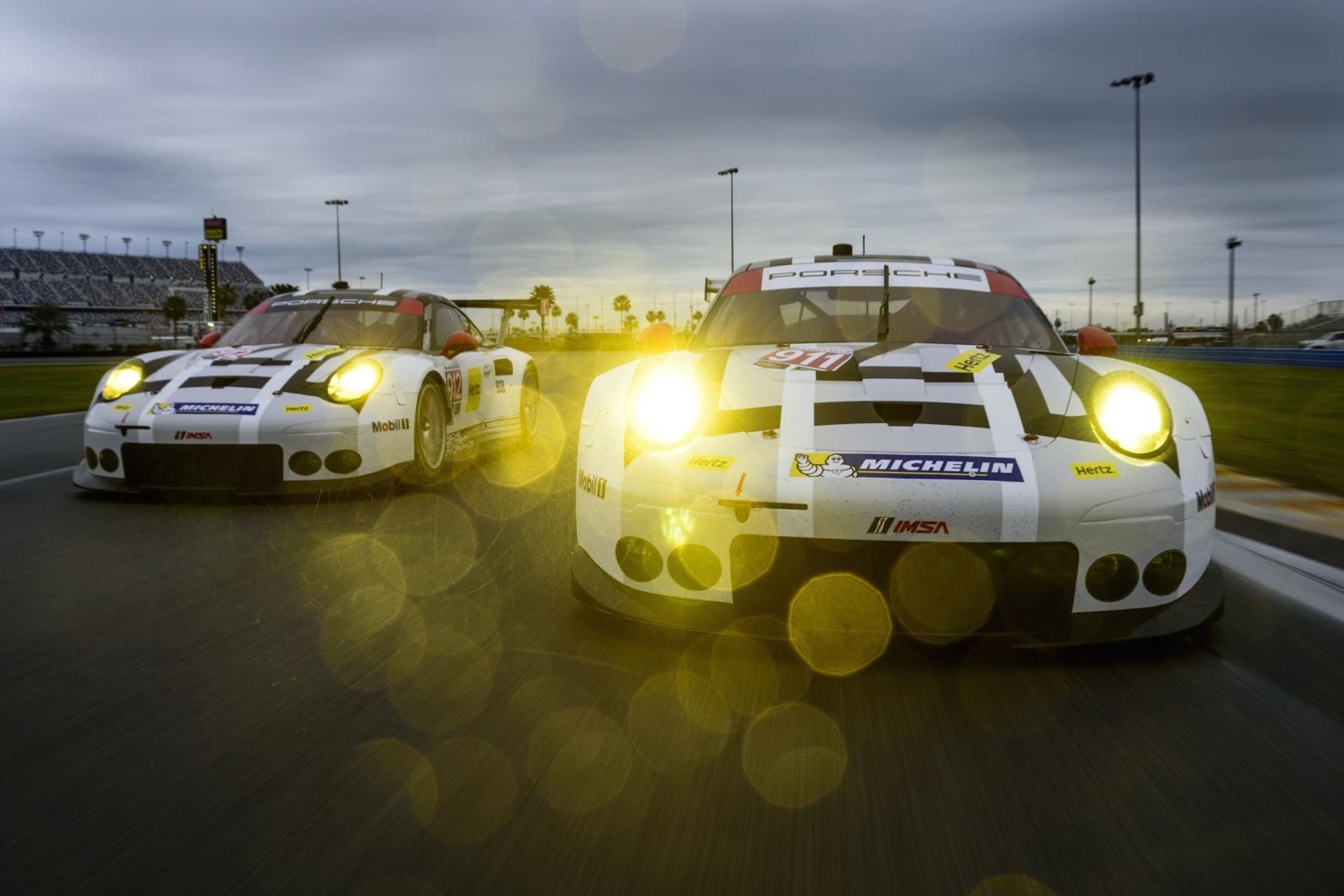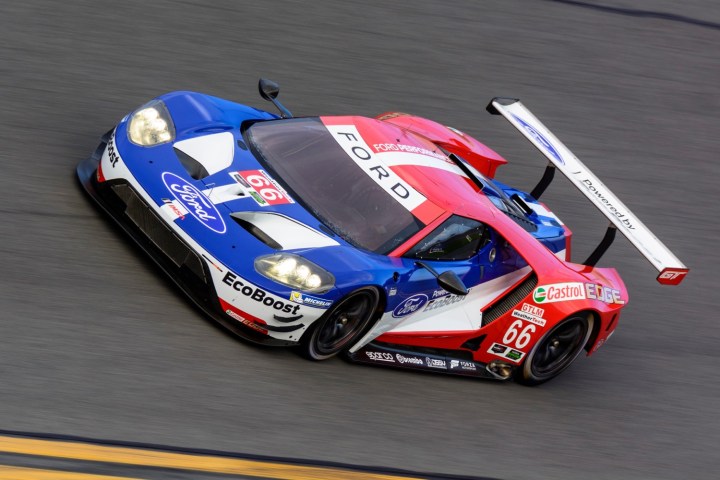
Every year, before the NASCAR teams arrive, Daytona International Speedway plays host to a 24-hour race of its own. It attracts top drivers and manufacturers eager to show off their cars, even if the January start date means it doesn’t typically attract large crowds. Daytona remains one of the most important events on the racing calendar, and if you want to learn more about it, read on.
The History
Known by various names over the years, the 24-hour race at is the first major motorsport event of the year in the U.S., and arguably one of the most prestigious. It’s one of a handful of 24-hour endurance races in the world, and there are few events like it in the U.S.
The current race can trace its roots back to 1962, when NASCAR impresario Bill France Sr. decided to emphasize the “International” in “Daytona International Speedway.” Completed in 1959, the massive oval track was the crown jewel of France’s American-bred stock-car racing empire, but he wanted to attract European-style sports car racing as well.
Daytona attracts top drivers and manufacturers eager to show off their cars, even if the January date means it doesn’t typically attract large crowds.
So France organized the Daytona Continental, a three-hour race on a road course that incorporated parts of the NASCAR “tri-oval,” and featured a diverse mix of drivers and cars. It attracted luminaries from Formula One and FIA sports car racing, as well as home-grown NASCAR and USAC stars. The grid featured everything from purpose-built racers to produced based sports cars from Ferrari, Lotus, and Jaguar, and even a trio of Pontiac Tempests.
The race remained a three-hour event until 1964, when it grew to 12 hours. Organizers expanded it again to 24 hours in 1966, and that format has been maintained more or less consistently ever since. Very little else has, but from classic sports racers like the Ford GT40 and Porsche 917 in the 1960s, to the monstrous turbocharged cars of the 1980s, to today’s high-tech racers, Daytona has always been a pretty good show.
Daytona started out essentially as an American detour on the European racing calendar, and in the early days featured the same cars one would find racing at prestigious events on the Continent, such as the 24 Hours of Le Mans. In the 1980s, though, Daytona reached the apex of its popularity when, under the aegis of the International Motorsport Association (IMSA), it broke away from the European establishment with IMSA-specific “GTP” prototype and “GTO” and “GTU” production-based cars, with outrageous performance and looks.
Rolex took over sponsorship of the race in 1991, and since then it’s been known as the Rolex 24 at Daytona. The dawn of the 90’s also marked the beginning of a decline from Daytona, as isolation from the international racing scene made it something of a backwater. It eventually became part of the NASCAR-backed Grand Am series, which merged with the competing American Le Mans Series in 2013 in an attempt to unify and strengthen sports-car racing in the U.S. Daytona is now the signature event of the IMSA WeatherTech Sports Car Series.
The race
Regardless of who’s running it, the format remains the same. The Daytona 24 still uses a road course that winds its way through the infield of Daytona International Speedway, but also uses parts of the banked NASCAR oval. This helps cars pick up some serious speed, and provides a novel sensation for drivers used to completely flat tracks. In its current configuration, the course is 3.56 miles long.
They’re not the fastest, but the spotlight is on the GT half of the field thanks to a flood of new machinery.
The shindig kicks off on Thursday, with practice sessions and qualifying sessions, which determine each car’s place on the grid. As in other forms of racing, the fastest cars are placed at the front, while cars that fail to qualify but are still able to start the race go to the back. There’s additional practice time on Friday, before the main event on Saturday. The green flag drops at 2:40 p.m., and the checkered flag waves at 2:40 p.m. the following day. The team with the most miles covered by that time is the winner.
There are four classes of cars of varying performance, meaning the faster cars have to add navigating slower traffic to the list of challenges. The classes comprise purpose-built “prototypes” and production-based “GT” cars that resemble models actually sold in showrooms, with an all-professional and “Pro-Am (professional-amateur)” class for each.
The all-pro classes are Prototype (P) and GT Le Mans (GTLM), and are the faster of their respective car types. The Pro-Am classes – Prototype Challenge (PC) and GT Daytona (GTD) – team pros with “gentleman drivers” who pay for race time. This year, there are 13 Prototype entries, eight in Prototype Challenge, 11 in GTLM, and 22 in GTD.
The cars
Daytona provides the perfect stage for drivers to demonstrate their talent in some spectacular cars, and 2016 is shaping up to be a particularly impressive year. They’re not the fastest, but the spotlight is on the GT half of the field thanks to a flood of new machinery.
Headlining things is the racing version of the new Ford GT supercar, which rocked the 2015 Detroit Auto Show last year. This is the first time the new GT will compete in North America, and it’s got some big shoes to fill. The original GT40 won the first 24-hour Daytona race in 1966, before winning the 24 Hours of Le Mans in the climax of an epic rivalry with Ferrari.
The GT won’t be competing for an overall win this time around, but Ford is hoping for class wins at both Daytona and Le Mans on the 50th anniversaries of the GT40’s triumphs. To do that, the GT will face off against Ferrari’s new 488 GTE and BMW’s new M6 GTLM, as well as the battle-hardened Chevrolet Corvette C7.R and Porsche 911 RSR in the GTLM category. Porsche has the best record at Daytona, with 18 victories, including the first overall win for the 911, taken by a Carrera RSR in 1973.
In the lower-level GTD class, there’s plenty to be excited about as well. The Lamborghini Huracán GT3 will make its North American racing debut at Daytona, showing Lambo’s growing commitment to motorsport. Lamborghini doesn’t have the racing pedigree of rivals like Ferrari and Porsche, but the Huracán should look damn good on the track. It will be joined by the second-generation Audi R8 LMS, which already has an overall win at the Nürburgring 24 hours to its credit. Rounding out the GTD field is an assortment of BMWs, Porsches, Ferraris, Aston Martins, and Dodge Vipers.
Not to be outdone, the Protoype class remains the fastest at Daytona. This class is actually divided into two types of cars—P2 and Daytona Prototype—which both carry over from predecessor series. The P2 cars are based on European FIA rules, while the Daytona Prototypes were created specifically for U.S. racing.
The European/American split is evident in the cars’ designs. The Daytona Prototypes are relatively simple, and emphasize power over finesse, while the P2 cars tend to be less powerful, but more sophisticated in other areas like aerodynamics. The fastest Prototype cars can hit up to 200 mph.
Ford is hoping for class wins at both Daytona and Le Mans on the 50th anniversaries of the GT40’s triumphs.
The Daytona Prototype sub-class is dominated by V8-powered Corvette and EcoBoost V6 Ford cars. A Ford Ecoboost prototype won last year, so between the Daytona Prototypes and GT production cars, Ford is angling for a two-pronged victory with its EcoBoost-powered cars this year. The twin-turbocharged 3.5-liter V6 in the GT is actually similar to the one used in the Daytona Prototype.
The P2 side features Honda and Nissan-powered prototypes, as well as the two Mazda Prototypes that just made an impromptu switch from diesel to gasoline power. In a class of its own is the oddball, and somewhat phallic, DeltaWing, based on a design that raced at Le Mans under Nissan’s aegis, and is being considered for a future production car.
Prototype Challenge is what’s called a “spec” class, meaning all cars are identical. Each team fields an open-topped Oreca FLM09 with a Chevy V8 engine. This car features a carbon-fiber chassis, 430 hp, and a top speed of 175 mph. Spec classes are employed throughout racing to keep costs under control. Since all cars have to be the same, there’s no chance of team gaining an advantage by spending more than its rivals.
How to watch it
Anyone looking to catch the entire race will need dedication, plenty of caffeine, and a remote control at the ready. Live coverage airs on Fox Sports 1 from 2:00 p.m. to 4:00 p.m. EST on Saturday, then switches to Fox Sports 2 from 4:00 p.m. to 10:00 p.m. Coverage restarts on Sunday at 7:00 a.m. on Fox Sports 1, switches to Fox Sports 2 at 10:30 a.m., then back to Fox Sports 1 at 1:00 p.m. Streaming will also be available through Fox’s app, if you have a participating cable provider. Live timing and standings will also be available on IMSA’s website.

